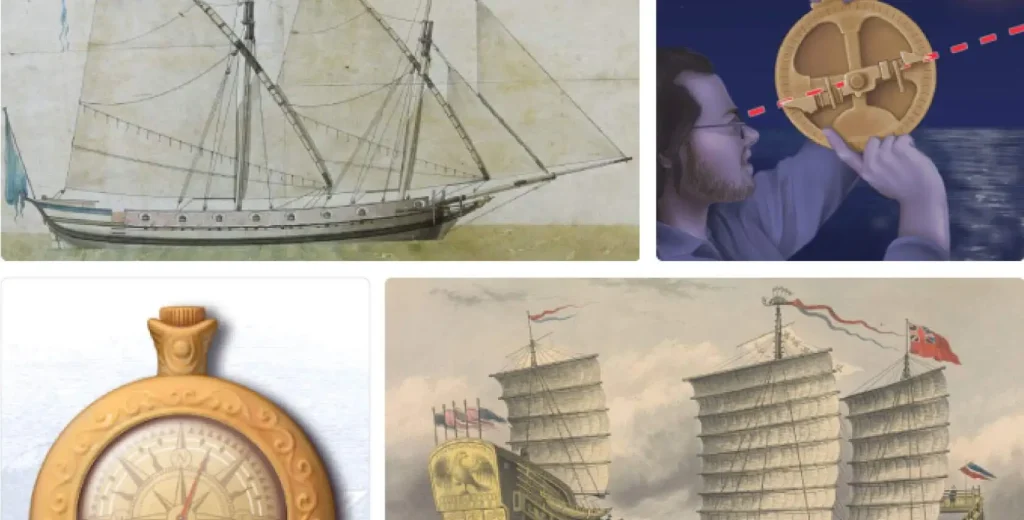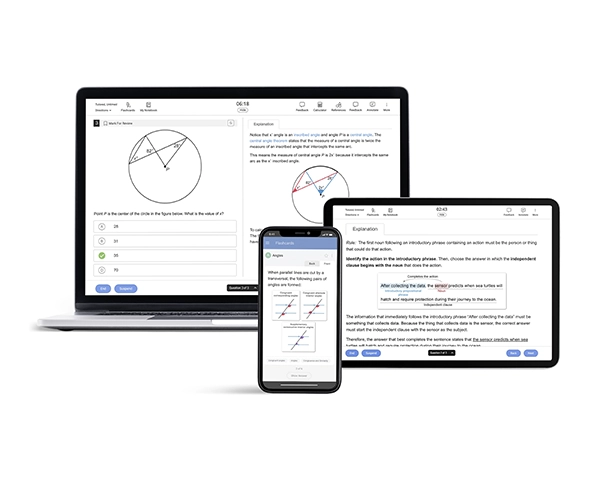You’ve probably heard that AP World History: Modern is a lot—hundreds of years, tons of regions, and way too many names to remember. The good news? You don’t have to learn it all at once. If you’re even thinking about how to study for AP World History over the summer, you’re already ahead. Starting now means less stress during the school year, better grades, and a stronger shot at that 5 on the AP exam.
In this blog, we’ll break down a smart AP World History summer study plan using UWorld’s watch, read, practice method so you can start strong and stay ahead, without spending your whole summer buried in a textbook!
Why Prep for AP World History: Modern Over the Summer?
AP World History: Modern isn’t about memorizing random facts. It’s about understanding big patterns like how power shifts, how cultures spread, and how revolutions start. If you’re aiming for a future in pre-law, political science, this class gives you a solid foundation. It trains your brain to think critically, analyze sources, and connect the past to current events.
Benefits of Summer Prep:
- Get a head start on historical themes and periods
- Feel more confident in essays and class discussions
- Improve your chances of earning an A and a 5 on the exam
- Reduce the pressure during the school year
- Build college-ready thinking skills
Just 2–3 hours per week this summer can seriously boost your performance!
The “Watch, Read, Practice” Method for AP World History
UWorld’s watch, read, practice method makes studying feel less like cramming and more like leveling up. Here’s how to use it:
Step 1: Watch – Learn with Bite-Sized Video Lessons
Kick things off with UWorld’s short, animated videos that break down world history by theme and period. You’ll see visuals of trade routes, revolution timelines, and key empires so you can actually picture what’s happening, not just read about it.
Topics to Prioritize Early:
- Global Tapestry (1200–1450)
- Networks of Exchange
- Land-Based Empires
- Revolutions (1750–1900)
Step 2: Read – Reinforce Concepts with the Study Guide
Next, dive into UWorld’s AP World History Study Guide. It’s built to match the College Board’s curriculum, so you’re only studying what’s actually relevant to your class and the AP exam.
- Illustrated timelines and maps
- Clear, student-friendly explanations
- Mini-quizzes and quick checkpoints
How to Use It:
- Read the section that matches the video you just watched
- Focus on example problems and mini-quizzes
- Take notes in your own words
Step 3: Practice – Apply What You Know with QBank Questions
This is where it all comes together. UWorld’s QBank has realistic AP-style questions that help you apply what you’ve learned and improve your thinking skills.
Each question comes with:
- Step-by-step explanations
- Diagrams and visual breakdowns
- Tips on how to avoid common mistakes
How to Practice Smart:
- Start with 5–10 questions per topic
- Read every explanation (even if you got it right)
- Turn tricky questions into flashcards or notes
- Review missed questions weekly
Sample AP World History Summer Study Plan
Here’s a flexible, beginner-friendly study schedule for AP World History that keeps your brain sharp without taking over your summer:
8-Week Sample Plan
| Week | Topics | Plan |
|---|---|---|
| 1 | Intro to Historical Thinking + Global Tapestry | Watch 2–3 videos, read the guide, and do 10 QBank questions |
| 2 | Networks of Exchange | Watch + Read + Practice |
| 3 | Land-Based Empires | 3–4 short sessions |
| 4 | Free-Body Diagrams & Forces | Focus on problem-solving |
| 5 | Work, Power, and Energy | Reinforce with QBank |
| 6 | Momentum & Collisions | Practice conservation laws |
| 7 | Rotation & Torque (if time permits) | Explore bonus concepts |
| 8 | Review Week | Take a practice set and review your misses |
You only need to study 2-3 times per week to make solid progress and feel ready for class in the fall!
Bonus: Stay Organized with UWorld’s Study Planner
Don't want to guess what to study next? UWorld's Study Planner helps you:
- Map out your summer study schedule
- Track your progress
- Set reminders for videos, reading, and QBank sessions
- Sync your plan across devices
Why AP World History Matters for Future Law Students
This class is beneficial because it gives you the tools to ask better questions and understand the bigger picture. You'll get better at spotting cause and effect, connecting the dots between past and present, and backing up your ideas with real evidence.
Final Thoughts: Get Ahead, Stress Less
Using UWorld's watch, read, practice method, you're not just memorizing facts—you're learning to think deeper and explain your thinking clearly. That's a game-changer for class discussions, essays, and DBQs.
- Think deeper, not just memorize
- Write stronger essays
- Be ready for class (and the exam)
Start Strong with UWorld AP World History Review Tools
Easy-to-follow study guides and realistic practice questions make it simple to keep on track—and actually enjoy learning AP World History. Start strong now, and you’ll thank yourself all year.
Prep smarter. Stress less. Get ahead.




